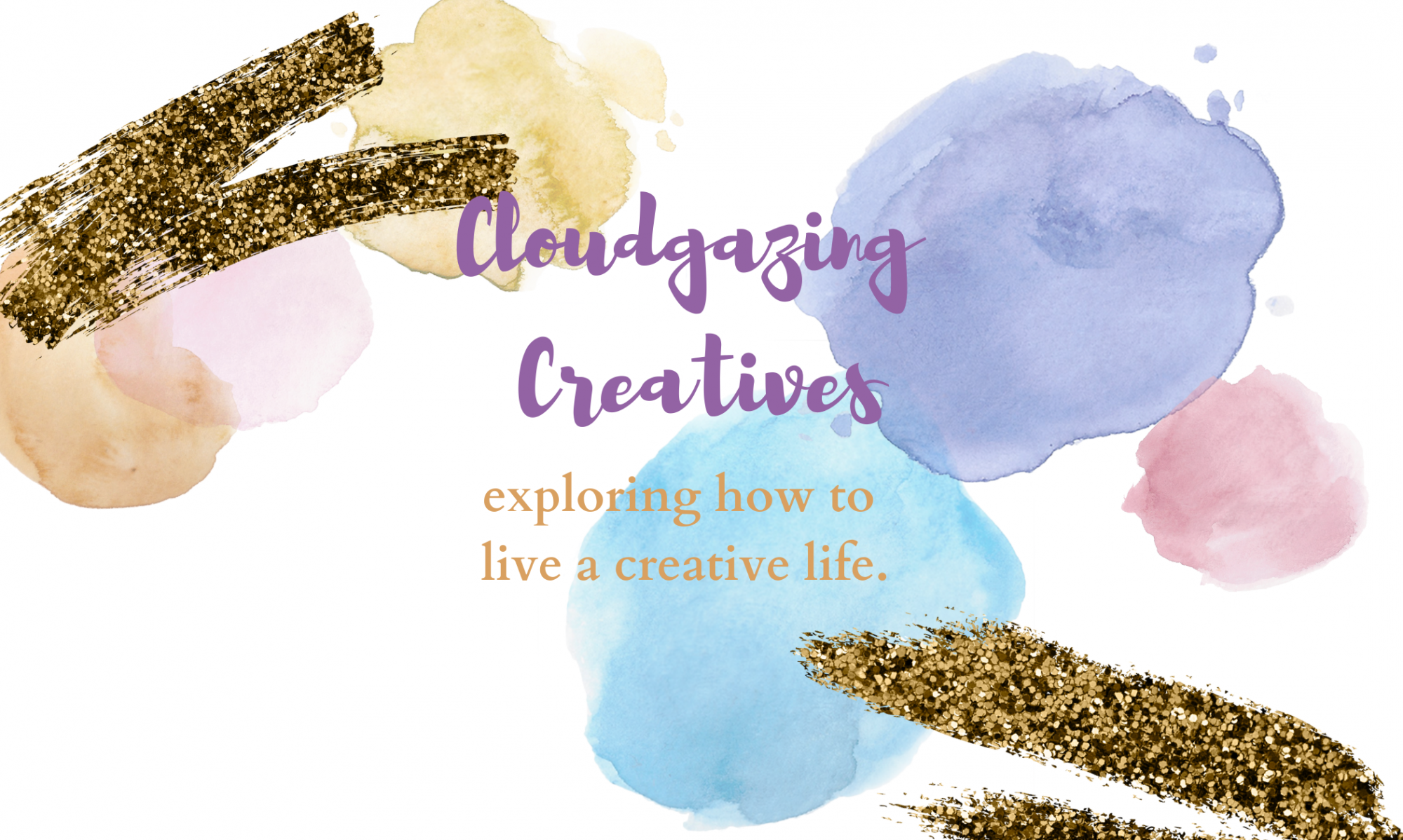Emily lives in rural Eastern Ontario, and finds words hold a huge place in her creative life.
I grew up surrounded by words, hearing the deep melodious voice of my Dad as he played Badger or Toad reading Wind in the Willows at storytime, hearing stories of knights, romans, Saxons and peoples from prehistory. We read everything, from the back of the cereal box, to encyclopedias, to vintage children’s books. Our childhoods were filled with Enid Blyton, Beatrix Potter, Tolkein, Milne and Ransome. We didn’t just read the books, we lived them- going out into the woods and playing imaginary games in the trees, wheat fields and (much to Mr. Gifford’s dismay) the pig sheds. My parents taught us the story behind the story- who the authors were, where they came from and why they wrote. This immersive experience gave all four of us Adams kids an adoration of literature of a vast and wildly varied type.

Words also pervaded our ears through music. Dad liked Irish protest music, we listened to a lot of Wolfe Tones, Clancy brothers and others. Mum loved sixties rock and roll, and those peppy, bright songs by Cliff Richard, Buddy Holly and the Beatles wove their way through our idyllic days offering a glimpse into mum and dad’s youth. More words from movies- a rainy weekend tradition was watching old technicolour movies on the television. It didn’t matter what; the Sound of Music, Seven Brides for Seven Brothers, The Inn of the Sixth Happiness, The Great Escape, the Carry On movies (oh good grief) and so many others filled many damp, dripping afternoons in our 400 year old cottage.

Language is the connective tissue that holds us together as humans. No matter if it’s signing, spoken or just a few gestures shared between strangers, words are what allow us to communicate our ideas and emotions, our desires and knowledge of the world. In my current life, working with children, words are everything. I answer the question “why’ about eighteen thousand times a day. Anyone who believes the research that the average four year old asks 40 questions a day, has clearly not met the children I work with. Words are integral to daily research, investigation and fact searching that is required to support learning in young preschoolers. I have been a director at the local theatre for seven years and enjoyed supporting some phenomenal actors in finding the right voice for the script. How I interpret those words, and ask the actor to portray them, influences the audiences enjoyment of the production, and is a high honour to be a part of. I sing. The words become musical, lyrical and soar to the skies.

I talk. Words are my vehicle. I write, lots. I have started journals, diaries, short stories, novels, hundreds of projects exist that I have yet to finish, but all important pieces of my creative self as the ideas spill onto the page or into the processor! I am obsessed with place names, and have always been. Learning about Indigenous place names brings a totally new understanding of the area I live in, and helps me gain a better perspective on their history and culture as well. In the UK growing up we enjoyed the adventure of finding out what names meant, places, people and in Ireland, the discovery of the lyrical Gaelic was another joy. Words have been an integral part of the inner creative, and hopefully you find some inspiration here too.

























